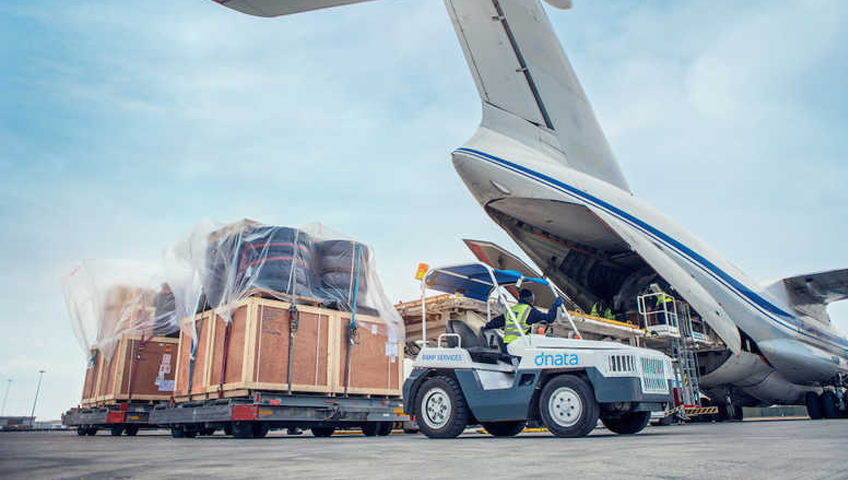When selecting the your packing materials, we suggest you carefully examine the types of packages available keeping in mind the import restrictions including the Quarantine requirements of the destination countries.
We advise on all special equipment requirements including tie downs, transport chains and chain fittings, binders, winches, plastic pallets, marine lashing equipment, cargo barrier nets, heat control blankets & rolls, container liners, security seals, boat & tarpaulin tie downs, desiccants (moisture control products), car carrying tie downs and lifting slings.
Packaging in wood
When packaging a product for export you need to keep in mind the major factors: breakage, weight, moisture and pilferage. Also, how a product is packaged depends upon the destination and the method of transportation.
Your package must be designed to handle the following stress factors, repeated loading and unloading, being unloaded in the rain and stored in the open, stacked, pushed, shoved, dragged, dropped, processed on a conveyor belt even sent down a chute.
Packaging for air shipments requires lighter packaging than ocean shipments.To avoid theft in transit it is best to use plain boxes without logos or name brands.

Also, because transportation costs are determined by volume and weight, special reinforced and lightweight packing materials have been devised for exporting.
Packing goods to minimize weight and volume may save money as well as ensuring that goods are properly packed. Be sure to pack goods in strong containers with the weight evenly distributed within the container.
If possible pack goods on pallets for easy handling. A filler made of moisture-resistant material is imperative.
Wood Packing Requirements -ISPM 15
Wood packaging is recognized as a pathway for the introduction and the spread of pests.To reduce the spread of infestation International treatment guidelines have been adopted by the International Plant Protection Convention (IPPC).

The USDA Animal and Plant Health Inspection Services (APHIS) in coordination with the wood packaging industry have developed two official export and marking programs in order to meet the requirements of countries with import requirements based on the International Standards for Phytosanitary Measures – Guidelines for Regulating Wood Packaging Materials in International Trade (ISPM 15).
Heat Treatment Program (HT)
This is a process where the wood is heated to achieve a wood core temperature of 56 degrees C for a minimum of 30 minutes. It is then labeled with the ISPM 15 standard mark. You may purchase lumber that has already been treated prior to building your wood packaging material or you may build your packaging and have it treated and then stamped.
There are many commercial suppliers of wood packaging materials already built and stamped that you can purchase as well.

Methyl Bromide Fumigation Program (MB)
This is a process where the wood is treated with Methyl Bromide and stamped with the ISPM 15 standard mark.
The following is a list of countries requiring ISPM 15 compliance:
Argentina, Australia, Bolivia, Brazil, Canada, China, Chile, Columbia, Costa Rica, Ecuador, Egypt, European Union, Guatemala, India, Jordon, Kenya, Korea, Lebanon, Mexico, New Zealand, Nigeria, Peru, Philippines, South Africa, Trinidad and Tobago, Turkey, Vietnam, Venezuela.
When shipping to a new customer in an unfamiliar country you should always recheck this requirement as the list of countries is updated as needed.
The Australian Wood Packing Certification Scheme Register lists all treatment providers and wooden packaging manufacturers who are certified under the AWPCS to provide Quarantine approved wooden packaging and treatment.
